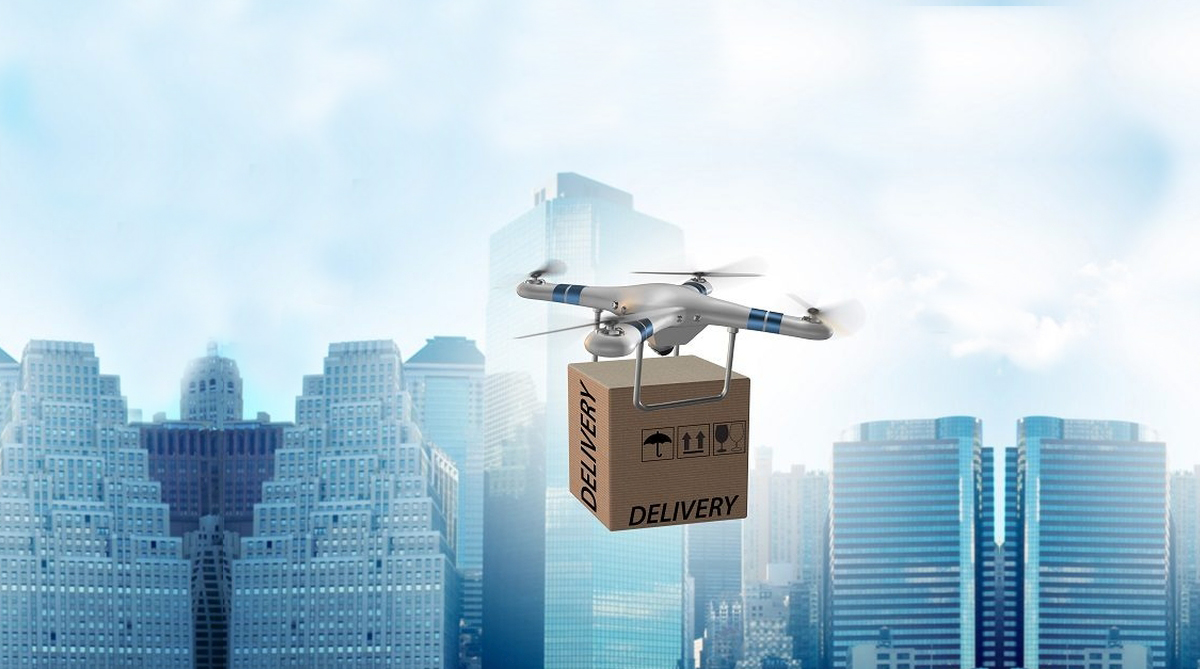Google's drone delivery company Wing Aviation was approved by the FAA for drone deliveries. Could this indicate a new age of drone deliveries is finally on the horizon?
When the Federal Aviation Administration certified Wing Aviation, a subsidiary of Google’s parent company Alphabet for drone deliveries, many officials including Elaine Chao of the U.S. Department of Transportation and other political commentators indicated this could be a great new step toward more widespread deliveries by drone.
Google is not the only one. UPS is now moving medical samples in North Carolina by drone. Others such as Amazon’s own Prime Air proposed drone delivery service have been silent on the matter. Why? Possibly because Amazon is just waiting to see how things turn out before moving forward.
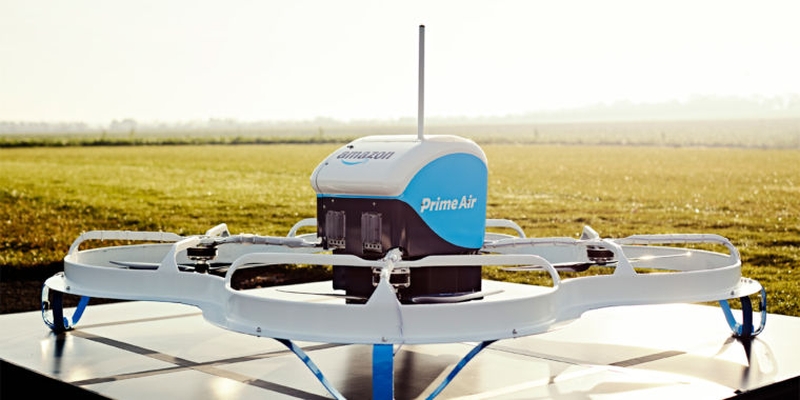
While there could be many benefits of drone deliveries, there are also many challenges which may be overlooked when considering the service.
Benefits of drone deliveries
Drone delivery service can have many benefits for both consumers and companies alike. One such benefit includes faster deliveries, as drone can be far more efficient at delivering packages without the need to be loaded into a truck and wait in traffic. Instead of waiting a week for a delivery, for example, you could order online and within the hour have it show up on your doorstep. This simply could not be possible with traditional delivery methods.
Moreover, something that I conceive could be a huge benefit, albeit with its challenges, is that drones also could have the capability to deliver directly to a customer using GPS. Since most mobile devices today have embedded GPS, virtually anyone in the world can simply turn on their GPS and have a package delivered right into their hands as they take a stroll through the park.
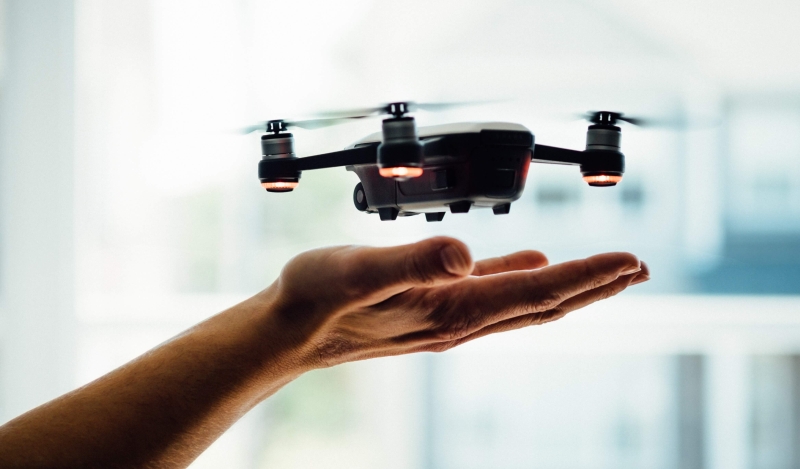
Between high speed mobile data which is included in large quantities of GB with most consumer mobile plans these days, as well as the maturation of responsive website design, which, although not fully come to fruition, is commonplace in today’s internet commerce; these factors all add up with the advent of high speed mobile devices and integrated GPS to allow drone deliveries a greater flexibility than ever before in human history.
Moreover, drone deliveries could even result in cheaper cost of goods, for a variety of reasons. For one, drone deliveries are 25% as efficient but up to 10 times cheaper than traditional methods. The math on that is 1/4 * 10 which is a cost savings of 2.5x on shipping costs, which is 60% cost savings on shipping. The would equate to a standard 9.99 shipping rate being able to be reduced to only 3.99, or a $5 shipping to be reduced to $1.99.
Moreover, the convenience of not only next-day, but even next-hour shipping can be given realistically at a similar cost to traditional methods of “standard shipping”, although it’s likely that next-hour shipping will be sold at a premium. With drone deliveries, instead of paying a hefty next-day shipping cost of $50 or more, you might be able to get same-day shipping for merely the cost of traditional standard shipping methods.
Additionally, with the convenience of having a purchase show up in much shorter timeframes, this could help to satisfy instant gratification that otherwise may cause a consumer to head to the brick-and-mortar store for certain purchases. This could result in considerably greater commerce, which has several beneficial implications.
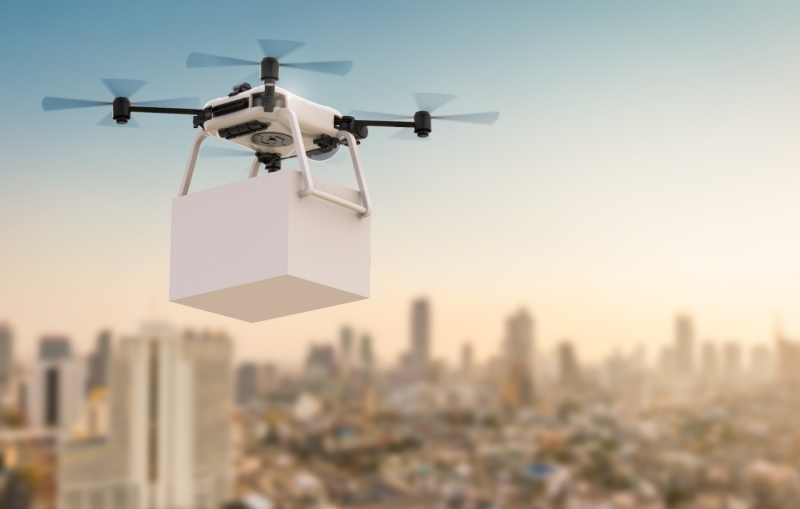
For one, due the increased commerce due to convenience, and cost savings on transportation costs that can be passed onto the customer, this could ultimately lower the cost of goods, resulting in additional commerce as well.
Also, increased commerce would almost certainly have a positive impact on economic growth. By supporting online businesses through greater commerce caused by offering drone delivery services, this could add a significant boost to the economy. Moreover, with cost savings as well as convenience, this could increase consumer spending thereby boosting the economy.
Potential risks from drone deliveries
On the other hand, there are several challenges and concerns that may delay the fruition of widespread drone delivery services.
Many drones are effectively small planes with spinning propellers. What happens if a drone fails, and flies into oncoming traffic, going through a windshield? In reality, the chances of this are extremely low. Even if a drone were to fail, the chances it would fall onto a road a statistically low, and much less than it would hit a car.
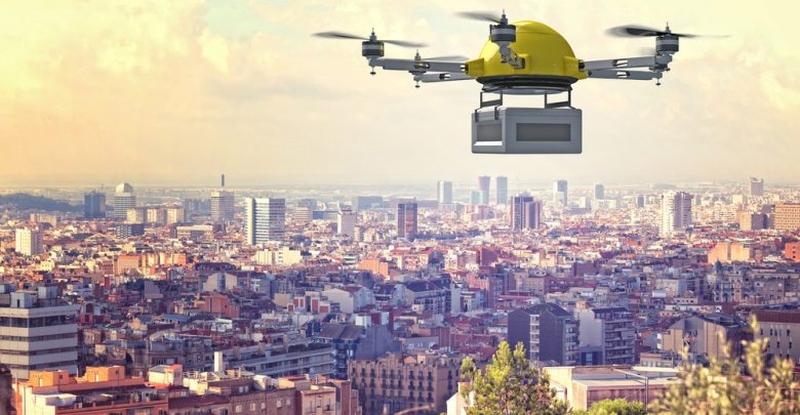
Moreover, the chances of it going through a windshield is extremely unlikely, since all windshields today are made of a special multilayered bonded glass which prevents it from shattering – or an object going through it. Especially a tiny, lightweight object like a drone. Most likely, even if it did fall over a highway, the drone would simply bounce off and land on the road.
Additional concerns are the harm to it falling out of a sky and hitting a person. Again, the chances of it actually hitting a person are akin to bird droppings actually landing on a person, or getting struck by lightning. Could it happen? Yes, but will it happen? Probably not. It might land on a parked car and leave a small dent, but again, it’s highly unlikely.
An additional factor besides mere probability that make this virtually a non-issue is that aviation technology is extremely mature, and safety is a number one priority. As a result, extreme research and development and product testing are done before the deployment of drones, not to mention the rigor of FAA testing to approve drones in the first place.
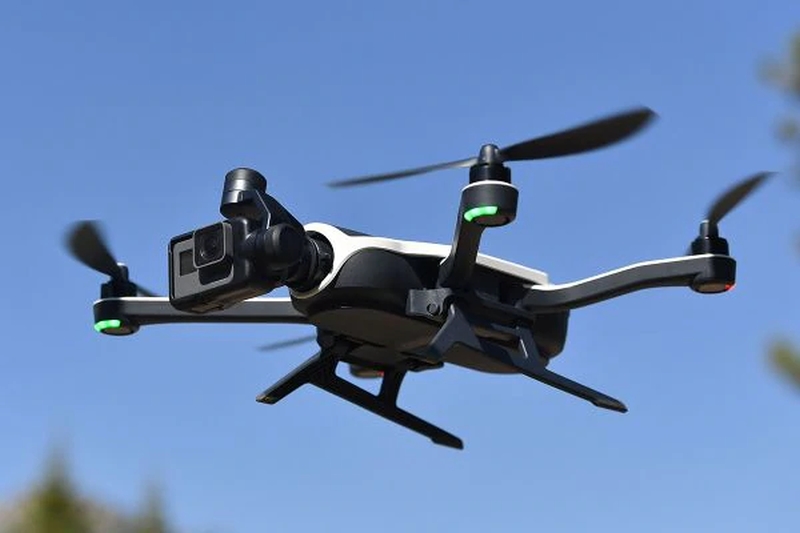
Google’s delivery drone approved by the FAA for deliveries.
When Wing Aviation was approved for drone deliveries, it was not merely approved as a drone service but rather it underwent the same regulations as a full charter airline, achieving the full Part 135 Air Carrier and Operator Certification, reserved for charter airlines. As a result, there is little if anything for consumers to fear from drone deliveries, since air travel regulations are the strictest and safest of all modes of transportation.
The final thing to be concerned about with drone deliveries is that with speed and efficiency comes increased risk of abuse. While you may get your pizza delivered to your hand, the same drone could carry a C-4, which could attract the eyes of many of the 3-letter agencies. However, there is little to fear because if criminals were sending out C-4 they could just as easily send it through the mail; this does not occur because mail couriers have strict regulations and checks to prevent such occurrence.
The same regulations if not more would be applied to drone deliveries. And if you order a pizza from your local pizza store, it’s unlikely they would send you a brick instead of your pizza. After all, you’ll probably be expecting a specific package, so there is really nothing to fear from ordering from your local stores. The issue really only comes into play when governments and high-level officials are involved, but in that case they would likely simply limit drone deliveries.
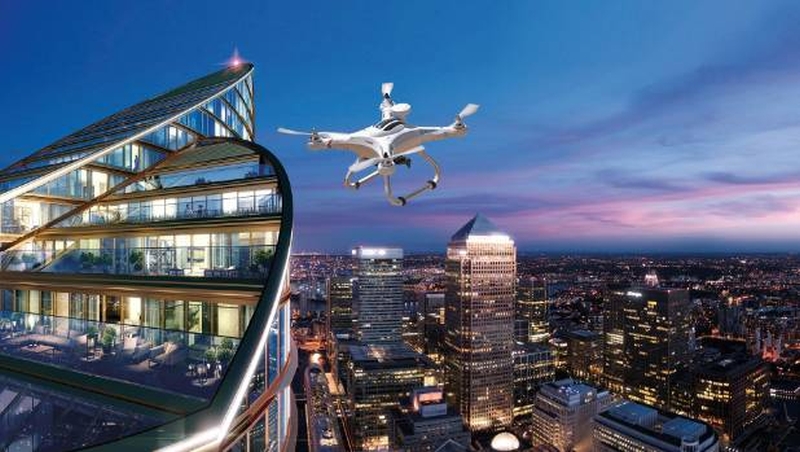
Finally, one more concern could be the hacking of the drones. There are several implications of this. A nefarious party could use the drone as a flying missile to cause harm. Or, a criminal may steal a package by hacking the drone. This is easily alleviated by including insurance in such an unlikely happening.
Drone deliveries are in our near future
All in all, it seems that the benefits far outweigh the risk. Certainly when the car was first invented, people cited all the many ways a huge truck full of packages could cause problems – a hijacker could jack the truck and run it into a building, or could steal all the packages. Criminals could take a package out of the truck when the mailperson was looking the other way. Yet, package delivery has become one of the most vital ways that we live our everyday life.
The same is likely to occur with drone deliveries. There may be some fearmongering by people who are unable to accept change and progress, but ultimately the convenience and improvement to our everyday lives, as well as the boost to commerce and the economy, will far outweigh any modest risks. If anything happens, it would simply result in improved drone flight paths, increased drone security, and tighter regulations on drone deliveries; but the deliveries will go one. If anything, regulations would simply increase the cost, but not eliminate drone services unless the cost outweighed the convenience.
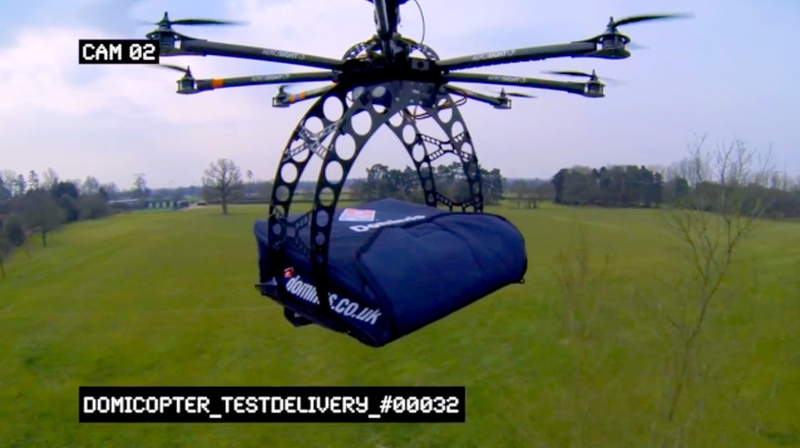
Actual footage of successful test run of a Domino’s Pizza drone.
Hopefully within the next year or two drone deliveries will start to take hold. With this recent milestone of Google’s Wing Aviation getting approved by the FAA for drone deliveries, this is a big leap toward everyday drone delivery. We have a lot to look forward to, as drone deliveries are the perfect compliment to the ever-growing e-commerce marketplace.
With drone deliveries, we can look forward to package delivery being faster and cheaper than ever before, making our lives easier in an ever-increasingly busy world. After all, who has time to drive to the store anymore? Just get whatever you need online.

